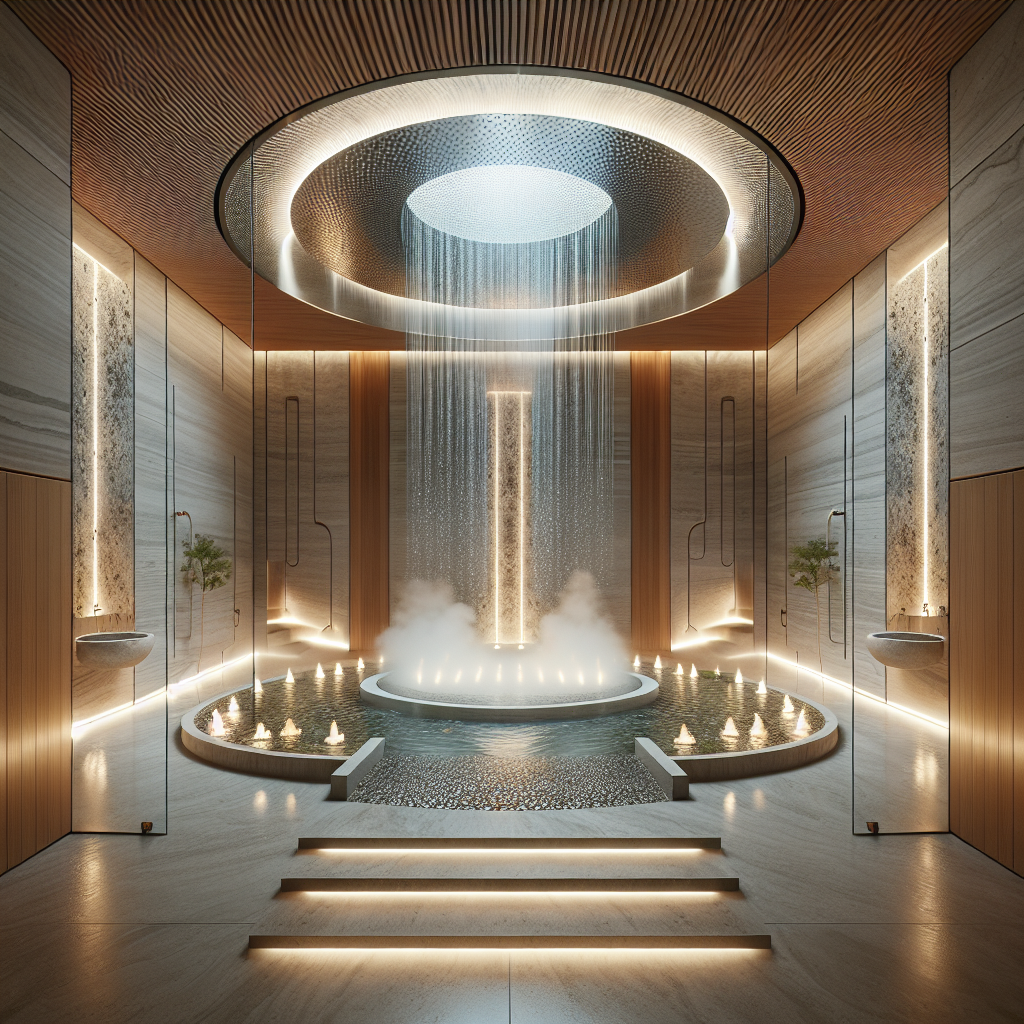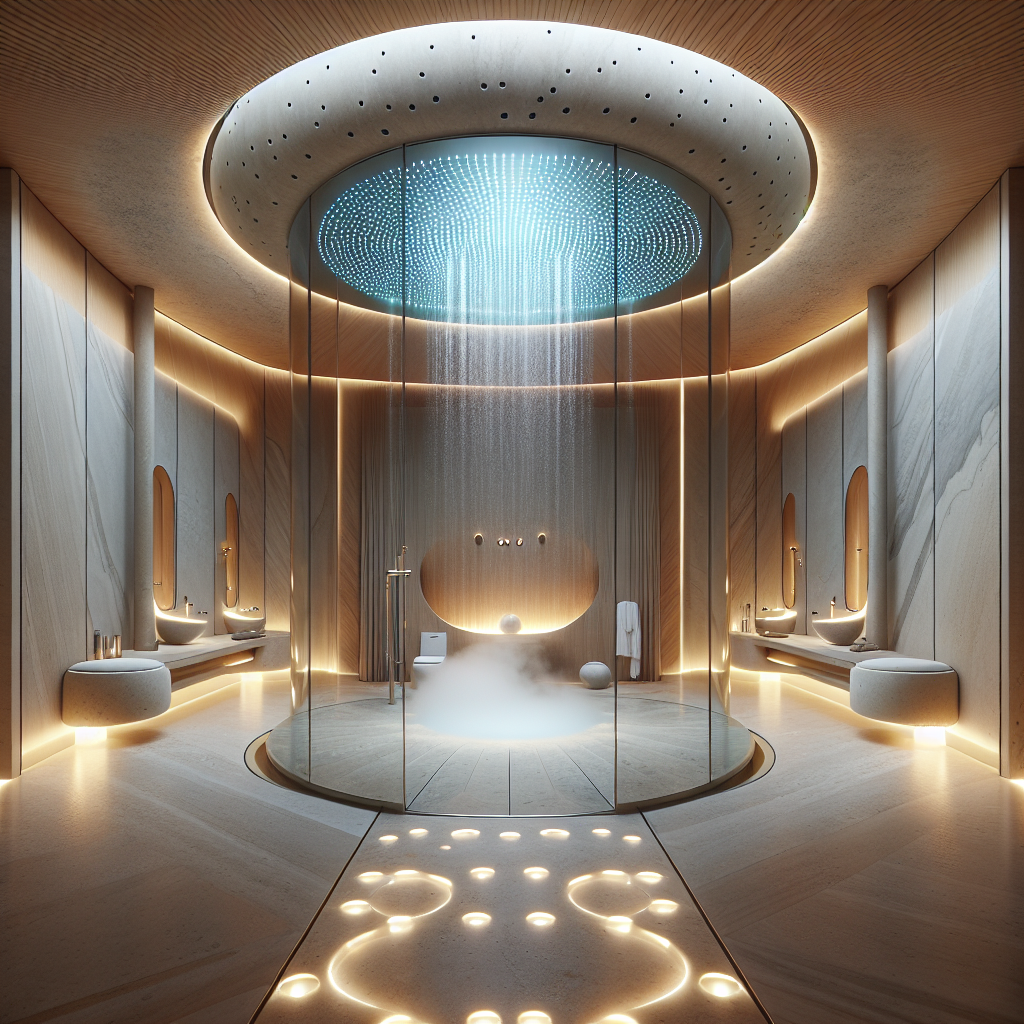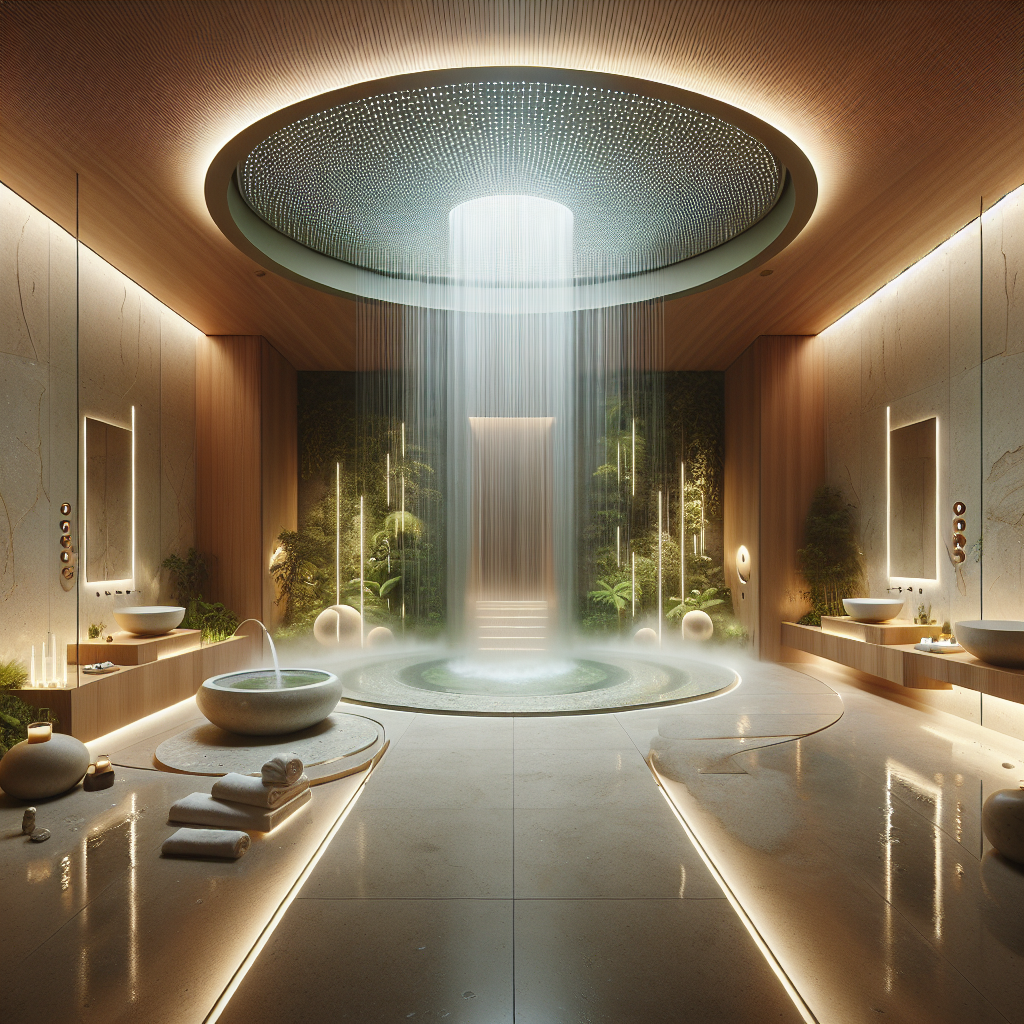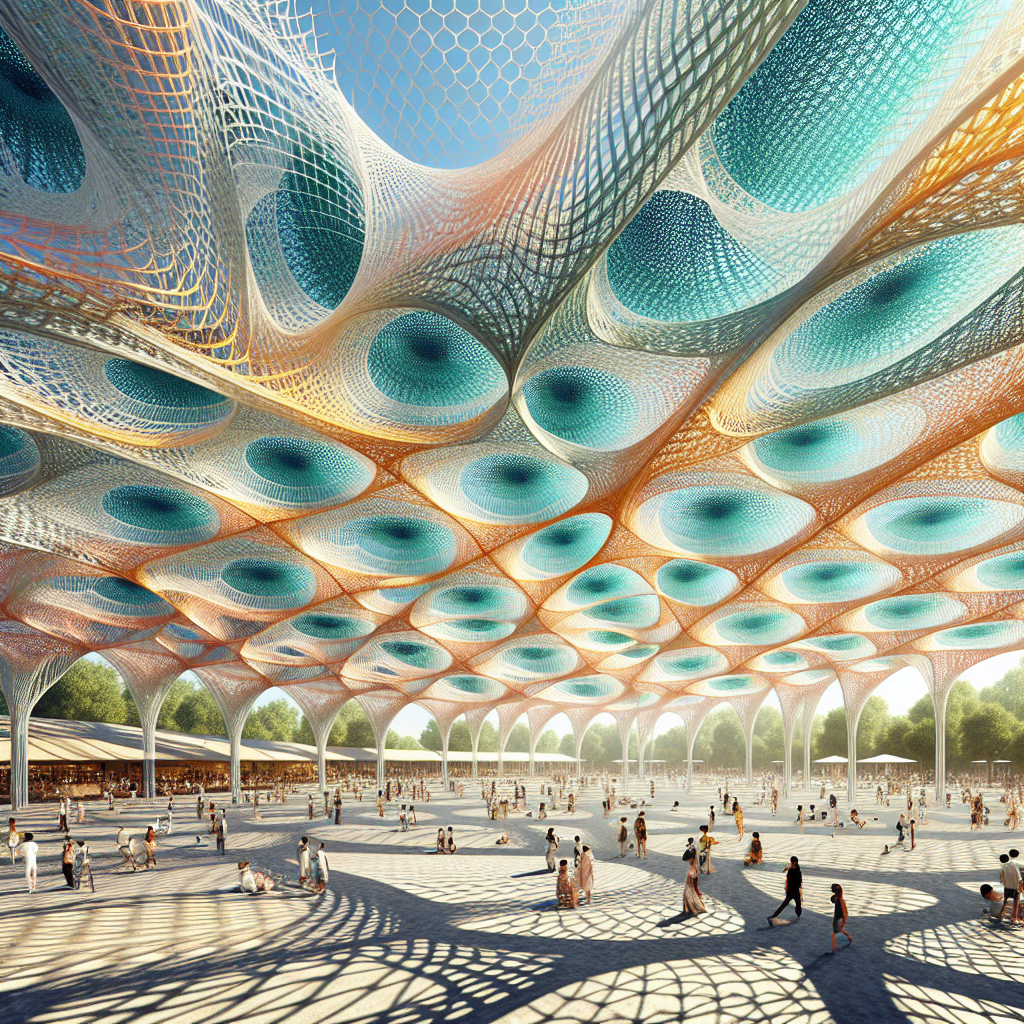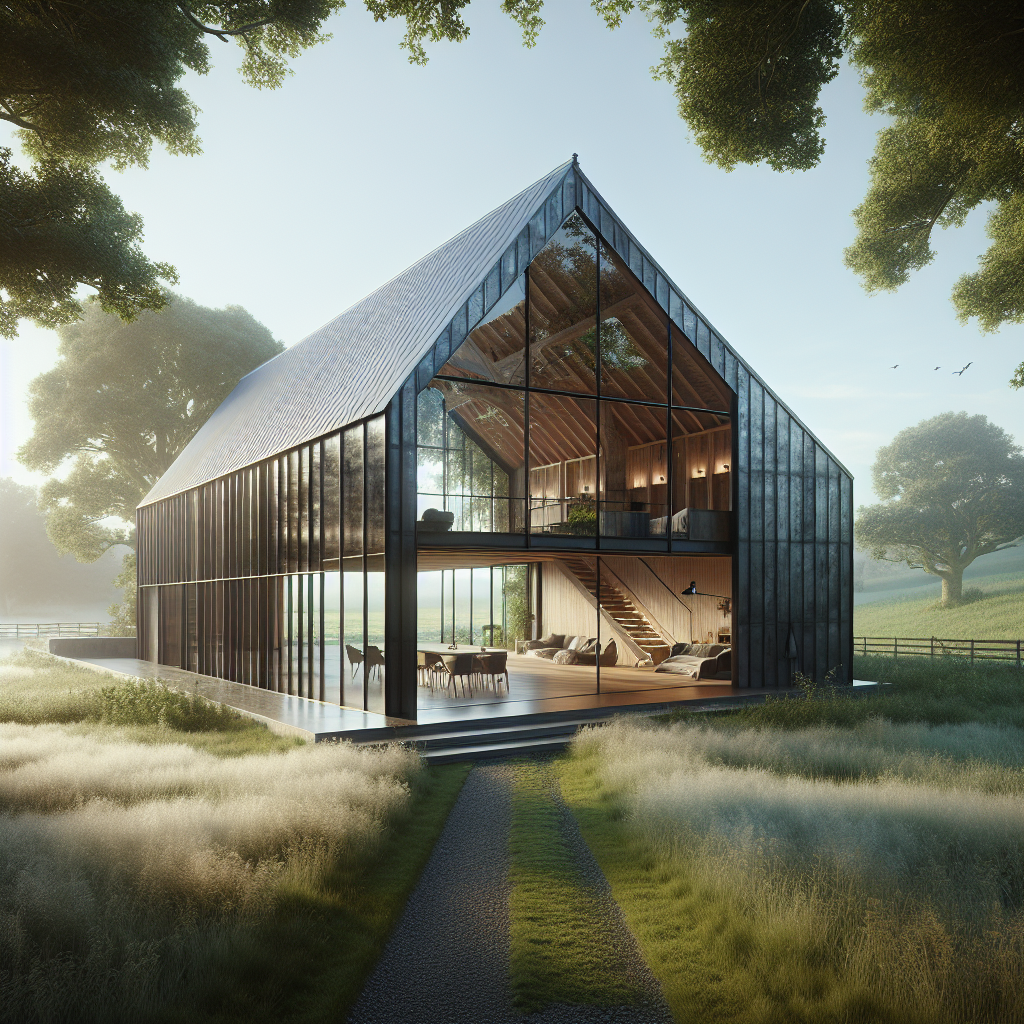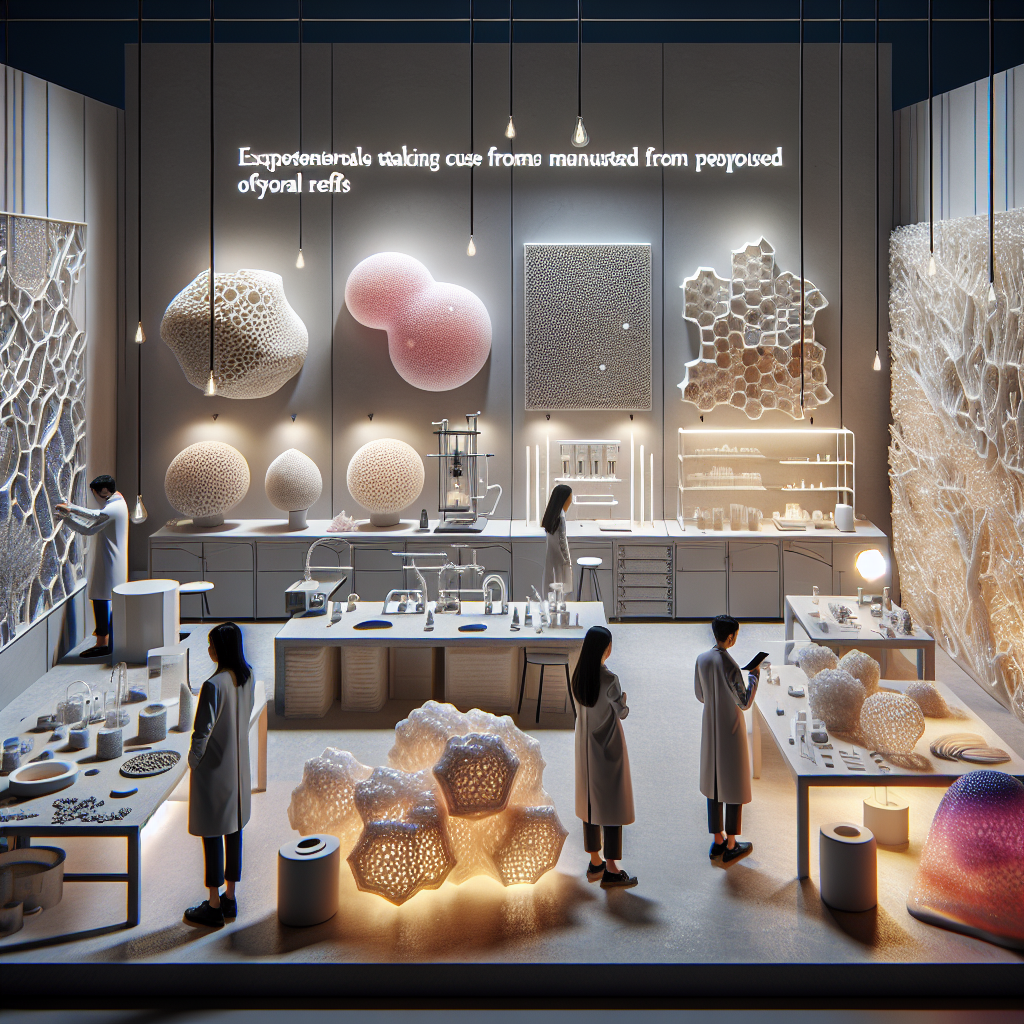Transformative bathrooms spa-like: retreats with programmable water features
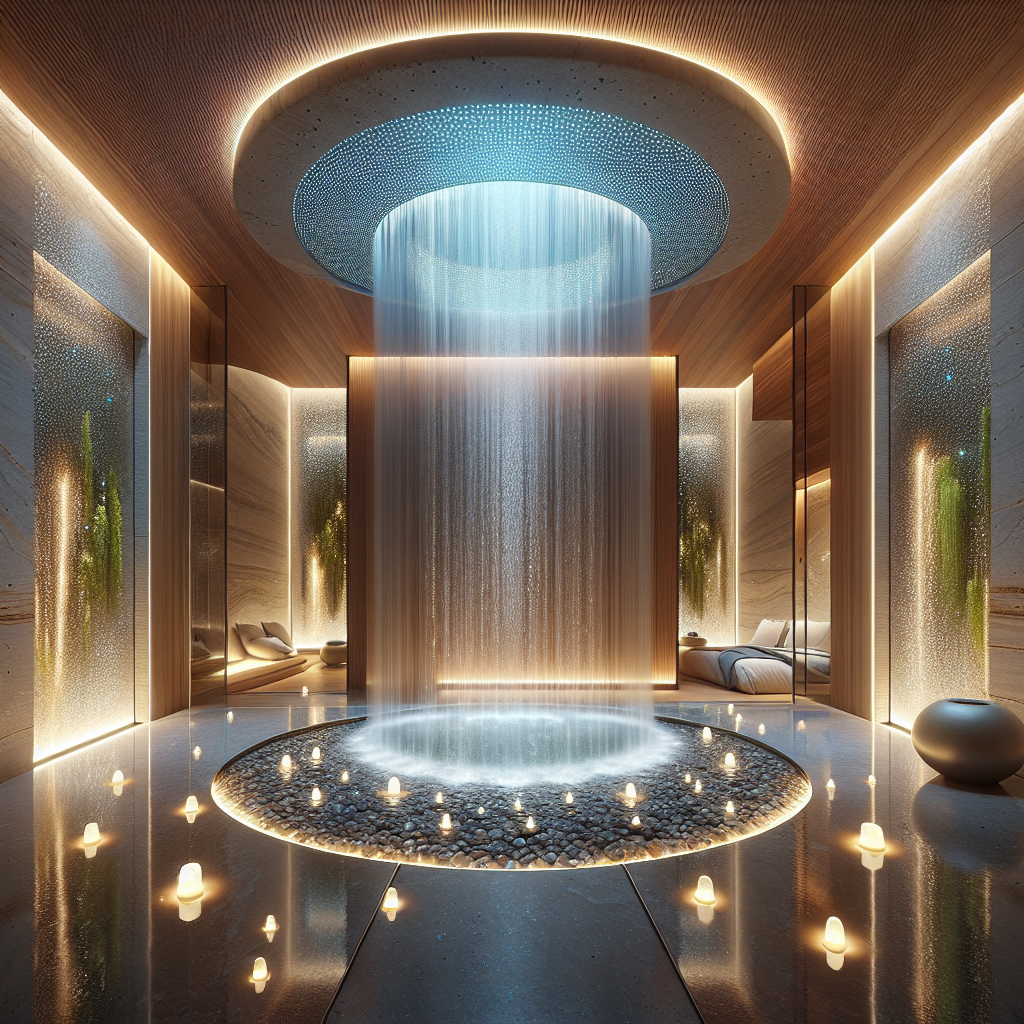
Transformative Bathrooms: Spa-Like Retreats with Programmable Water Features
In the contemporary home, the bathroom has transcended its utilitarian roots to become a sanctuary of wellness. No longer a mere functional space, it now rivals the living room or kitchen as a canvas for architectural experimentation and technological integration. Among the most compelling innovations reshaping this domain are programmable water features—systems that choreograph water with precision, offering an immersive, spa-like experience tailored to the individual. For architects, interior designers, and discerning homeowners, these advancements signal a new era in the design of private retreats, where ritual meets technology and water becomes a medium of transformation.
The Evolution of the Bathroom as a Wellness Space
Historically, bathing rituals have been central to cultural practices, from the Roman thermae to the Japanese onsen. Today, this heritage converges with cutting-edge design and smart technology, redefining the bathroom as a personal wellness hub. According to a 2024 report by the Global Wellness Institute, the wellness real estate sector is valued at over $400 billion, with bathrooms consistently identified as the most impactful spaces for health-focused design. This shift is not only aesthetic but also psychological: water, light, and sound are orchestrated to reduce stress, improve sleep, and enhance daily routines.
In many ways, this mirrors the broader movement toward biophilic design, where natural elements are integrated into interiors to support human well-being. The bathroom, with its inherent connection to water, becomes the ideal stage for this philosophy.
Programmable Water Features: Precision Meets Poetry
At the heart of the spa-like bathroom is the programmable water system. Unlike traditional showers or tubs, these installations allow users to customize flow, temperature, and rhythm with remarkable precision. Digital interfaces—often integrated seamlessly into wall panels or controlled via smartphone—enable the creation of personalized “water journeys.” A morning routine might involve a brisk, invigorating cascade mimicking a mountain stream, while evening rituals could summon a gentle rainfall accompanied by chromotherapy lighting.
Some systems employ multi-sensory layering, combining hydrotherapy with aromatherapy and acoustic design. For instance, Dornbracht’s “Aquamoon” offers a dome-like ceiling fixture that projects water in programmed patterns, while Kohler’s “DTV+” integrates steam, light, and sound for a holistic spa environment. These are not mere fixtures; they are architectural experiences that blur the line between private bathroom and luxury wellness retreat.
Architectural Integration: Designing for Immersion
For architects and designers, the challenge lies in embedding these technologies without compromising spatial harmony. The most successful projects treat programmable water features as structural elements rather than add-ons. Concealed piping, recessed ceiling jets, and frameless glass enclosures allow water to appear as if it emerges organically from the architecture itself.
Materials play a critical role in amplifying the sensory impact. Honed limestone, warm cedar, and matte-finished terrazzo absorb and diffuse water differently, creating distinct tactile and acoustic experiences. Designers are increasingly turning to reclaimed materials to balance luxury with sustainability, ensuring that indulgence does not come at the expense of ecological responsibility.
Lighting design is equally crucial. Programmable LEDs, embedded in niches or behind translucent stone panels, shift in hue to complement water sequences. This interplay of light and liquid transforms the bathroom into a theatrical environment, where the user is both audience and participant.
Case Studies: From Boutique Hotels to Private Residences
Recent hospitality projects provide compelling models for residential adaptation. At the Six Senses Spa in Ibiza, showers are programmed to simulate Mediterranean rainstorms, complete with soundscapes and fluctuating water pressure. Similarly, in a private residence in Los Angeles designed by Olson Kundig, a cantilevered shower extends into an open-air courtyard, where programmable jets align with the rhythm of natural rainfall.
These examples underscore a broader trend: the bathroom as a curated journey rather than a static space. For clients seeking distinction, programmable water features offer a level of personalization akin to bespoke furniture or custom lighting installations. They transform daily routines into rituals of renewal.
Technology and Sustainability: A Delicate Balance
While programmable water features may evoke images of indulgence, many are engineered with water conservation in mind. Advanced systems monitor flow rates and recycle greywater, aligning with the growing emphasis on circular economy principles. According to the U.S. Environmental Protection Agency, households can save up to 20% of water consumption with smart fixtures—an essential consideration in regions facing increasing scarcity.
Moreover, the integration of smart home technology allows for predictive adjustments. Sensors detect user preferences and adjust settings automatically, minimizing waste while maximizing comfort. This convergence of luxury and responsibility reflects a larger cultural shift: wellness is no longer measured solely by personal indulgence but also by environmental stewardship.
The Sensory Future of Bathroom Design
Looking ahead, the bathroom is poised to become the most experimental room in the home. Architects are already exploring AI-driven personalization, where systems learn from biometric data to recommend optimal water therapies. Designers are also experimenting with acoustically tuned surfaces that amplify the meditative qualities of water, and with augmented reality overlays that allow users to visualize natural landscapes while bathing.
In this context, the bathroom emerges as a laboratory of sensory design. It is where architecture, technology, and wellness converge most intimately, offering a glimpse into the future of domestic life. Just as the kitchen became the social heart of the modern home, the bathroom is becoming its emotional core—a space for recalibration in an overstimulated world.
Conclusion: Designing Rituals, Not Rooms
The rise of spa-like bathrooms with programmable water features represents more than a design trend; it is a cultural statement about how we value time, health, and the built environment. For architects and designers, the opportunity lies in crafting spaces that are not only visually striking but also deeply restorative. These bathrooms are not simply rooms—they are ritual architectures, immersive environments where water, light, and materiality coalesce to transform the everyday into the extraordinary.
As the boundaries between wellness, sustainability, and technology continue to blur, the bathroom stands as a powerful symbol of design’s capacity to reshape human experience. In its most advanced form, it is no longer a private utility but a personal sanctuary—an architectural retreat where the choreography of water becomes a language of renewal.
